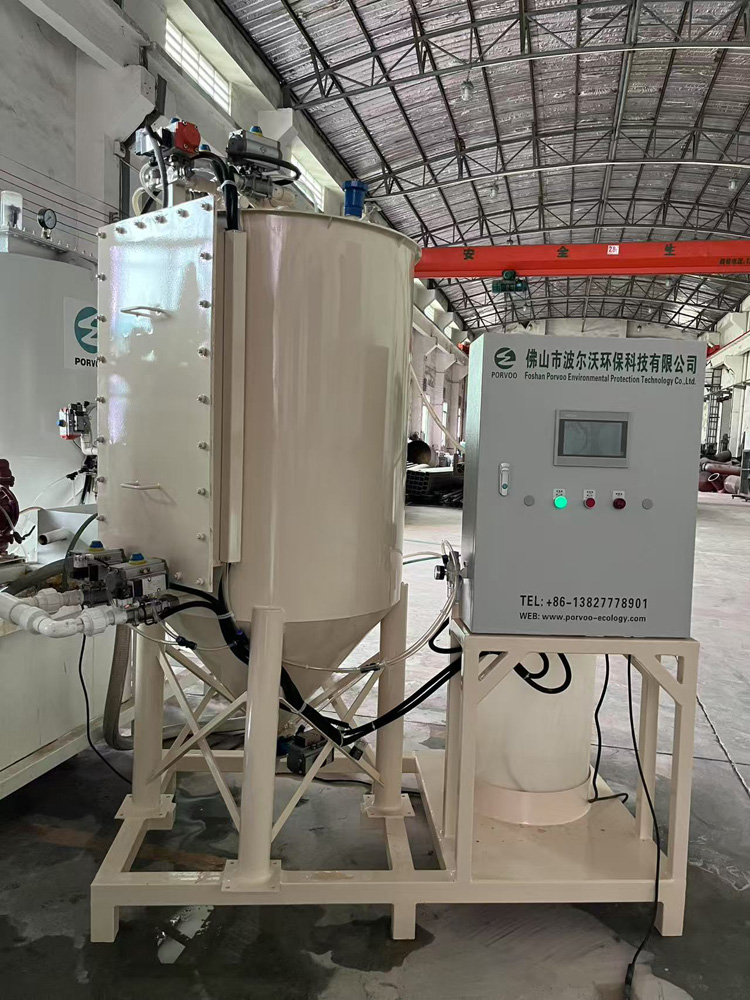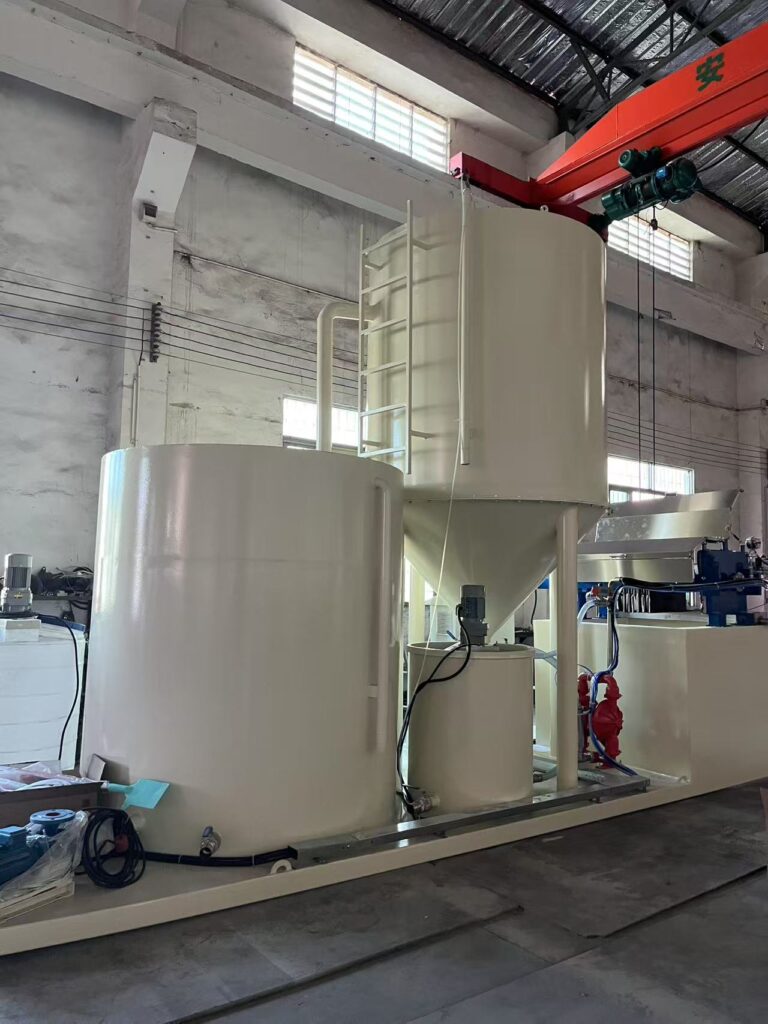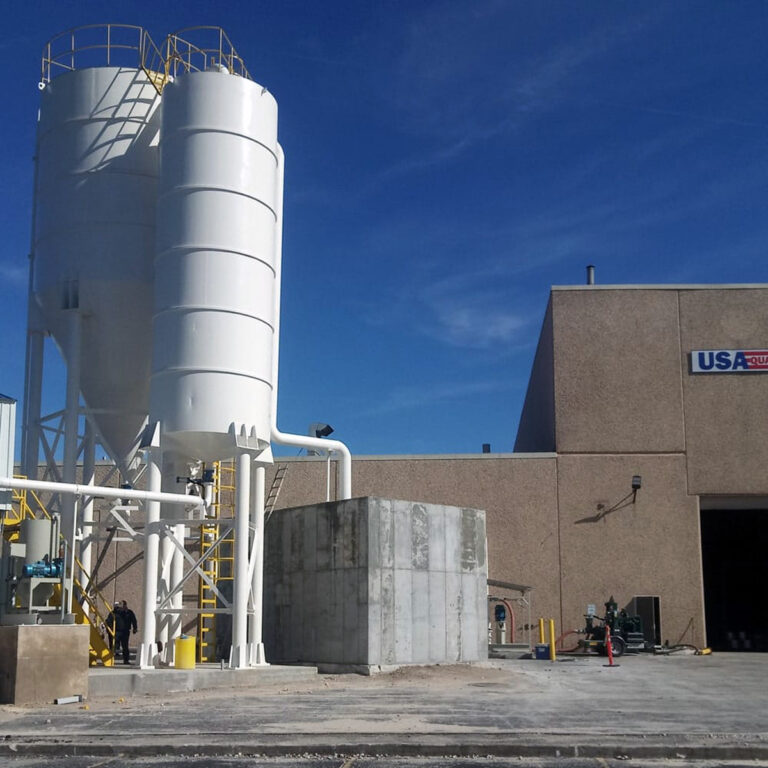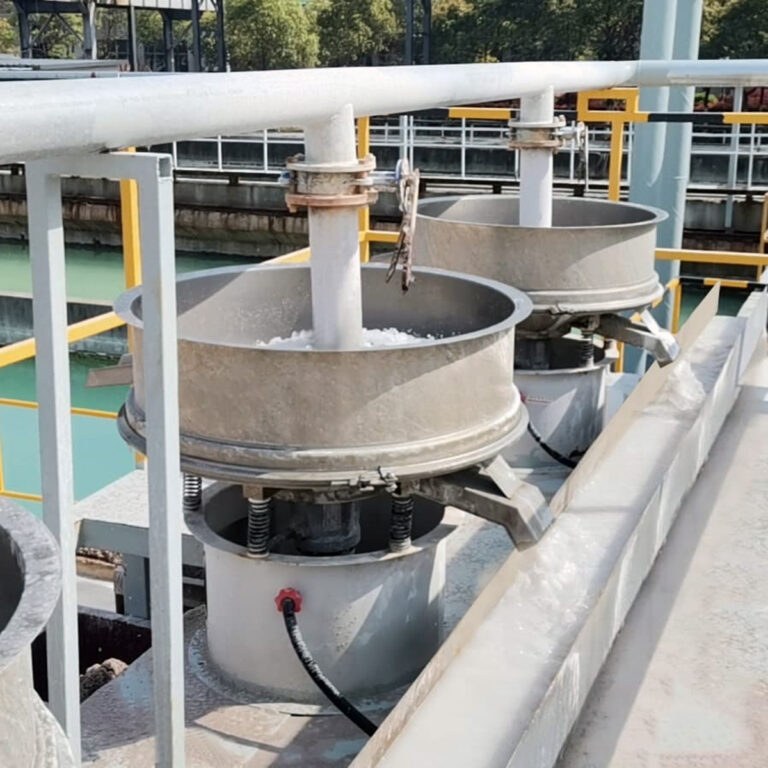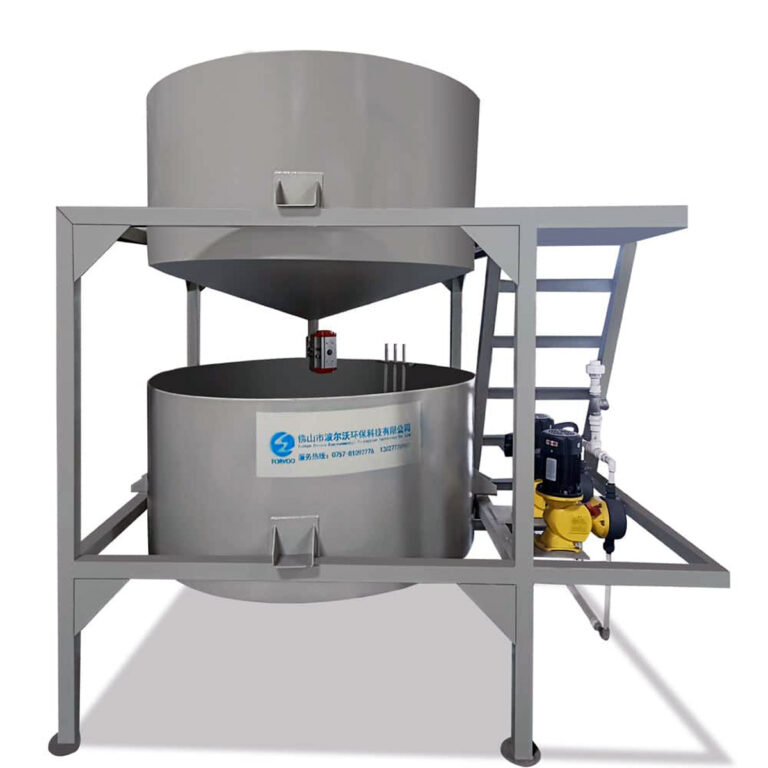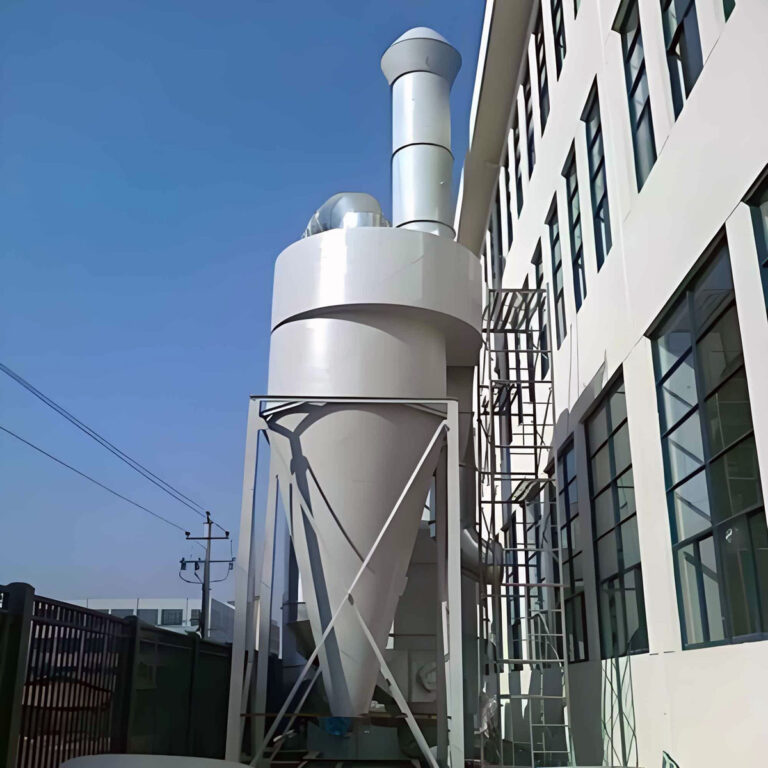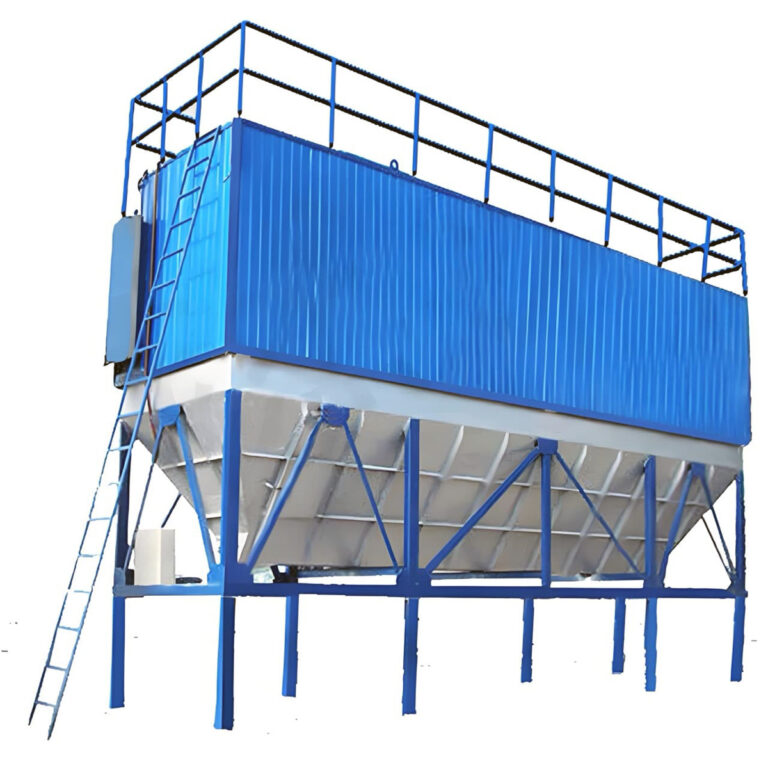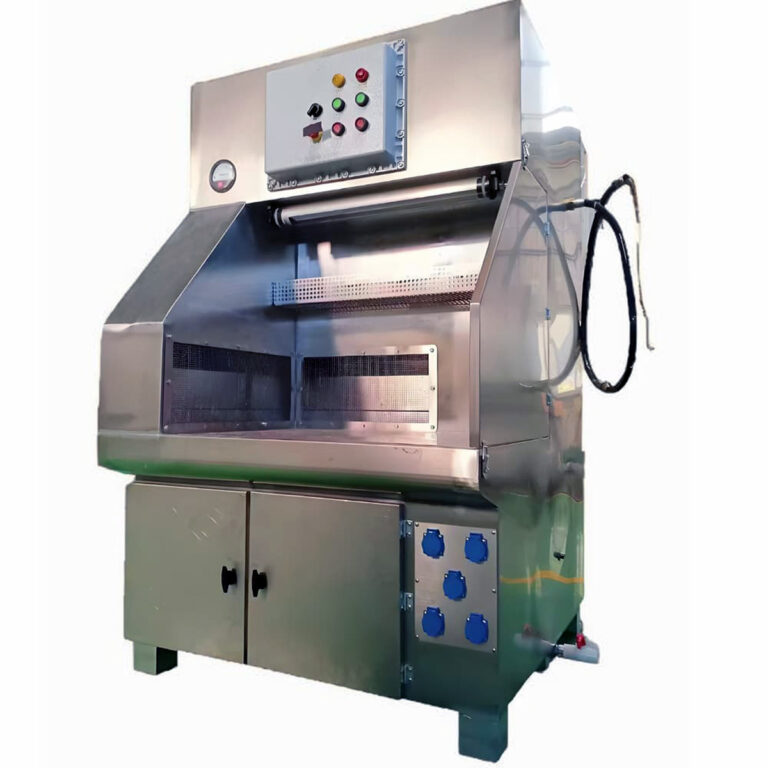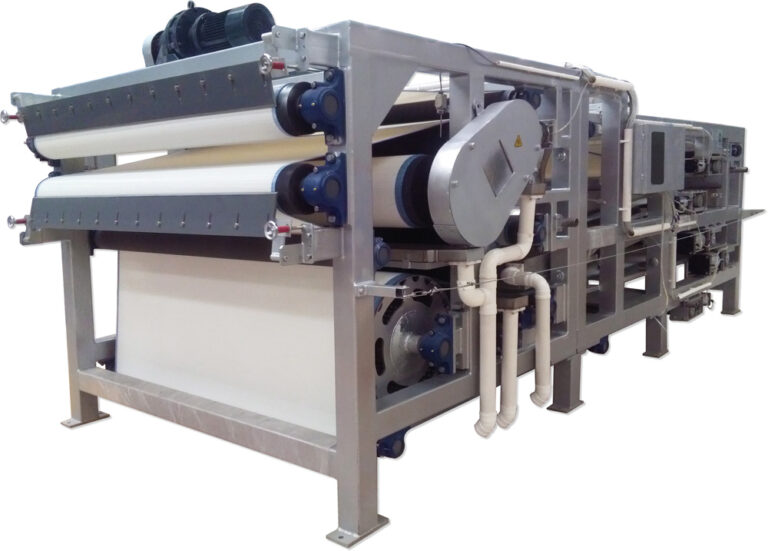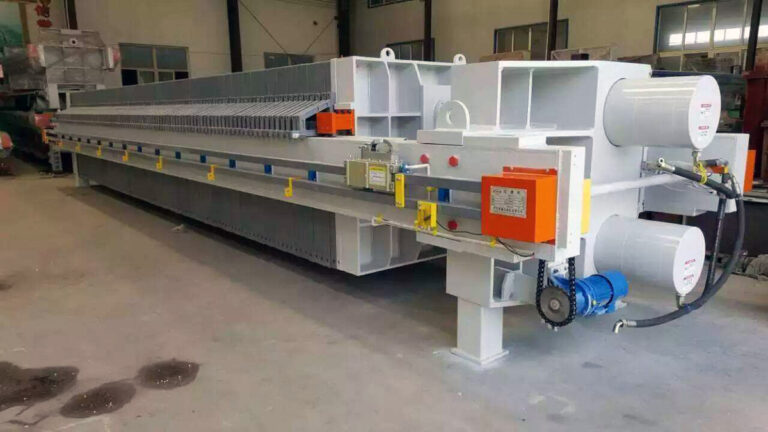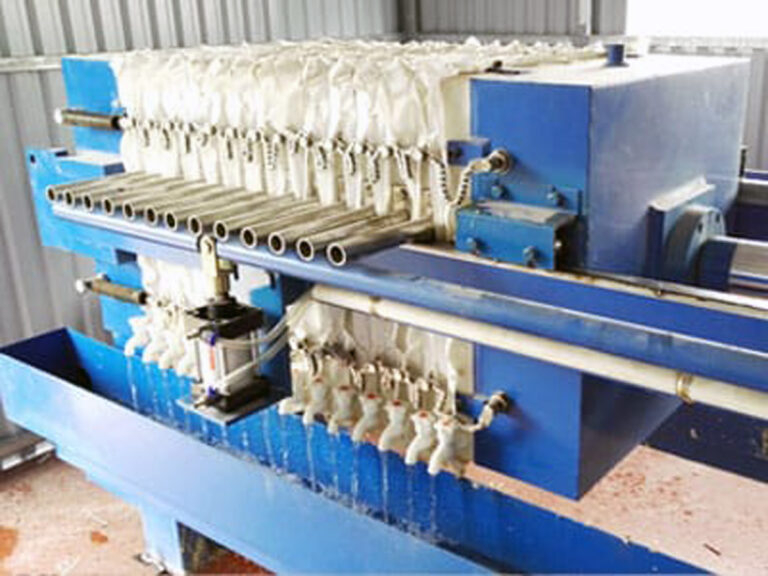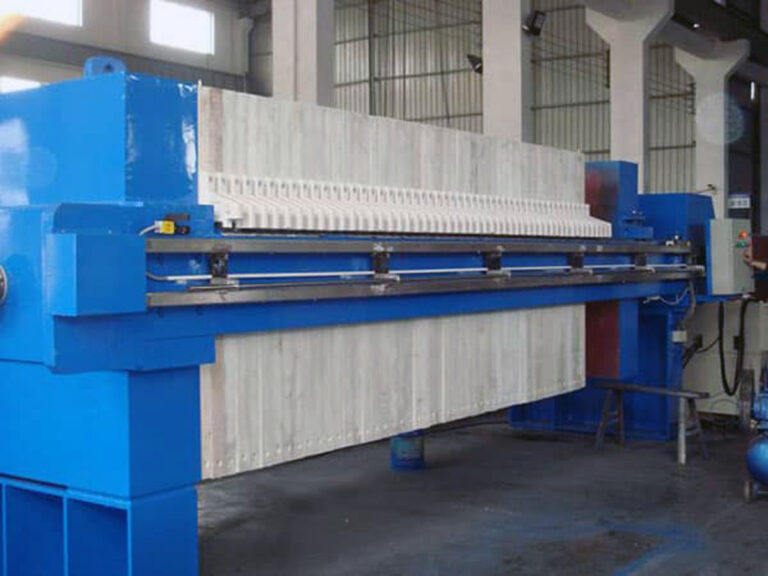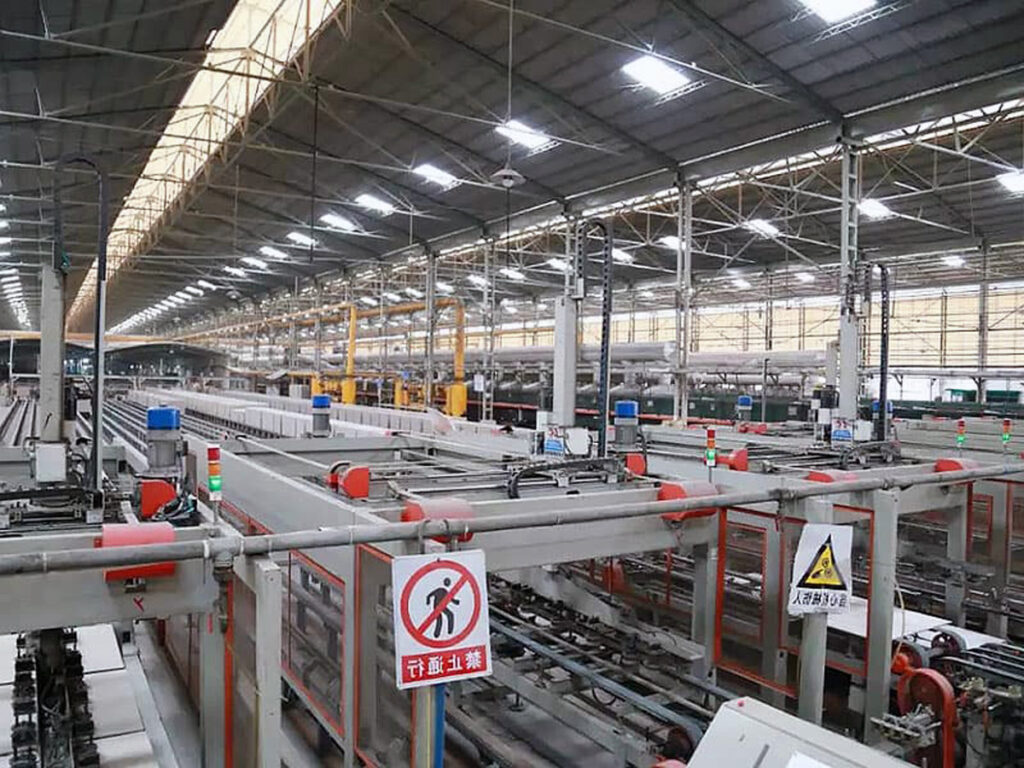Alternative wastewater treatment methods represent a paradigm shift from traditional activated sludge and chemical precipitation systems toward more efficient, sustainable, and cost-effective solutions. These technologies address the fundamental limitations of conventional approaches by incorporating advanced process control, resource recovery capabilities, and enhanced contaminant removal mechanisms.
Traditional vs. Alternative Treatment Approaches
Conventional wastewater treatment typically relies on primary clarification, secondary biological treatment, and basic disinfection processes. While these methods achieve basic compliance standards, they often struggle with complex industrial contaminants, fluctuating load conditions, and resource recovery opportunities. Alternative approaches integrate multiple treatment mechanisms, advanced materials, and intelligent control systems to overcome these limitations.
According to recent industry analysis, facilities implementing alternative treatment technologies report 30-50% reduction in operational costs and 60-80% improvement in effluent quality consistency compared to traditional systems. These improvements stem from enhanced process stability, reduced chemical consumption, and improved automation capabilities.
Key Drivers for Alternative Solutions
Three primary factors are driving the adoption of industrial water treatment options: regulatory compliance, operational efficiency, and sustainability objectives. New discharge standards for emerging contaminants, particularly pharmaceuticals, heavy metals, and complex organics, often exceed the capabilities of conventional treatment systems.
Additionally, water scarcity concerns are pushing industries toward closed-loop systems and water reuse applications. Alternative technologies excel in these applications by producing high-quality effluent suitable for process reuse, significantly reducing freshwater consumption and discharge volumes.
| Treatment Approach | Typical Removal Efficiency | Energy Consumption | Capital Cost Factor |
|---|---|---|---|
| Conventional Activated Sludge | 85-90% BOD/COD | 0.8-1.2 kWh/m³ | 1.0x baseline |
| Advanced MBR Systems | 95-99% BOD/COD | 1.5-2.0 kWh/m³ | 1.8-2.5x baseline |
| Hybrid Physical-Chemical | 90-95% BOD/COD | 0.6-0.9 kWh/m³ | 1.3-1.8x baseline |
Which Biological Treatment Alternatives Offer the Best Results?
Advanced biological treatment systems represent some of the most promising alternative water treatment technologies, combining the efficiency of natural biological processes with enhanced engineering controls and novel reactor configurations.
Advanced Membrane Bioreactors (MBRs)
Membrane bioreactors integrate biological treatment with ultrafiltration or microfiltration membranes, achieving exceptional effluent quality while maintaining compact footprints. These systems excel in applications requiring consistent high-quality effluent, particularly in pharmaceutical, food processing, and chemical manufacturing industries.
In our experience implementing comprehensive wastewater treatment solutions, MBR systems consistently deliver effluent quality suitable for direct reuse applications, with suspended solids removal exceeding 99.9% and pathogen reduction of 6-7 log units. However, membrane fouling remains a consideration, requiring optimized pretreatment and regular maintenance protocols.
Moving Bed Biofilm Reactors (MBBRs)
MBBR technology utilizes mobile plastic carriers to support biofilm growth, providing high biomass concentrations without the settling limitations of conventional activated sludge systems. This approach offers exceptional resilience to shock loads and toxic compounds while maintaining stable performance across varying operating conditions.
A recent case study from a petrochemical facility showed MBBR implementation resulted in 40% reduction in reactor volume requirements and 25% decrease in excess sludge production compared to conventional treatment. The system handled COD variations from 800-3,500 mg/L while maintaining consistent 95%+ removal efficiency.
How Do Physical-Chemical Alternatives Compare to Conventional Methods?
Physical-chemical treatment alternatives offer rapid response capabilities, precise contaminant targeting, and excellent performance consistency, making them ideal for industries with variable waste characteristics or stringent discharge requirements.
Electrocoagulation and Advanced Oxidation
Electrocoagulation systems use electrical current to generate coagulants in-situ, eliminating chemical addition requirements while achieving superior removal of suspended solids, heavy metals, and emulsified oils. This technology particularly excels in metalworking, automotive, and electronics manufacturing applications.
Advanced oxidation processes (AOPs) utilizing ozone, UV, or hydrogen peroxide combinations effectively degrade recalcitrant organic compounds that resist biological treatment. A textile manufacturer implementing AOP technology achieved 85% color removal and 70% COD reduction in previously non-biodegradable waste streams.
Ion Exchange and Adsorption Technologies
Modern ion exchange resins and advanced adsorption media provide highly selective contaminant removal capabilities, particularly valuable for recovering valuable metals or removing trace contaminants. These systems often integrate with advanced treatment configurations to create comprehensive treatment trains.
Activated carbon systems have evolved significantly, with engineered carbons showing 3-5 times greater capacity for specific contaminants compared to conventional products. While initial costs remain higher, the improved performance and regeneration capabilities often justify the investment through reduced replacement frequency and enhanced treatment reliability.
What Are the Most Promising Emerging Technologies?
The frontier of eco-friendly wastewater treatment continues expanding with innovative technologies that challenge traditional treatment paradigms while delivering superior environmental and economic outcomes.
Constructed Wetlands for Industrial Applications
Engineered wetland systems adapted for industrial applications provide low-energy treatment solutions with excellent performance for specific waste streams. These systems combine biological, physical, and chemical treatment mechanisms while offering aesthetic and habitat benefits.
A brewery installation demonstrated wetland treatment achieving 90% BOD removal, 85% suspended solids removal, and 60% nitrogen reduction with minimal energy input and maintenance requirements. However, land area requirements and seasonal performance variations require careful consideration during system design.
Zero Liquid Discharge Systems
ZLD technology represents the ultimate in resource recovery and environmental protection, eliminating all liquid discharge through advanced evaporation, crystallization, and recovery processes. While energy-intensive, these systems recover nearly 100% of process water while producing marketable salt byproducts.
| Technology Category | Water Recovery Rate | Energy Requirement | Typical Applications |
|---|---|---|---|
| Conventional Treatment | 0-20% | 0.5-1.0 kWh/m³ | Basic compliance |
| Advanced MBR + RO | 80-90% | 2.5-3.5 kWh/m³ | Water reuse |
| Zero Liquid Discharge | 95-98% | 15-25 kWh/m³ | Minimal discharge zones |
How to Choose the Right Alternative Treatment System?
Selecting optimal wastewater system alternatives requires comprehensive evaluation of technical performance, economic factors, and operational considerations specific to your facility’s unique requirements and constraints.
Cost-Benefit Analysis Framework
Effective system selection begins with total cost of ownership analysis encompassing capital investment, operational expenses, and indirect benefits such as water cost savings, regulatory compliance assurance, and potential revenue from recovered resources. Our analysis indicates that alternative technologies typically achieve payback periods of 3-7 years through operational savings and risk mitigation benefits.
Consider lifecycle costs including energy consumption, chemical usage, maintenance requirements, and replacement schedules. Advanced systems often demonstrate lower operational costs despite higher initial investment, particularly in facilities with high water costs or stringent discharge requirements.
Integration with Existing Infrastructure
Successful implementation requires careful evaluation of existing infrastructure compatibility, upgrade requirements, and phased implementation opportunities. Hybrid approaches combining conventional and alternative technologies often provide optimal performance while minimizing integration risks and capital requirements.
As industry expert Dr. Sarah Chen notes, “The most successful alternative treatment implementations leverage existing infrastructure strengths while strategically incorporating advanced technologies where they deliver maximum value.” This approach minimizes disruption while maximizing performance improvements.
The future of industrial wastewater treatment clearly favors integrated, intelligent systems that combine multiple treatment mechanisms with advanced process control and resource recovery capabilities. Whether you’re facing immediate compliance challenges or planning long-term sustainability improvements, alternative treatment technologies offer proven pathways to superior performance and operational efficiency.
Your next step should involve comprehensive waste characterization and treatment requirement analysis to identify the most suitable technologies for your specific application. Consider pilot testing promising alternatives to validate performance claims and optimize system design before full-scale implementation.
The investment in proven alternative treatment solutions today positions your facility for long-term competitive advantage while contributing to broader environmental protection and resource conservation goals. What specific challenges are driving your interest in treatment alternatives, and how might these advanced technologies transform your facility’s environmental performance?
Frequently Asked Questions
Q: What are industrial wastewater alternatives, and why are they important?
A: Industrial wastewater alternatives are technologies and systems designed to manage and treat wastewater more efficiently and sustainably. These alternatives are crucial because they help reduce environmental impact, comply with strict regulations, and offer cost-effective solutions for industries dealing with high volumes of wastewater. By adopting these alternatives, companies can improve their environmental footprint and operational efficiency.
Q: What types of systems are used for industrial wastewater treatment?
A: Industrial wastewater treatment systems include a variety of technologies such as:
- Membrane Bioreactors (MBRs): Useful for both aerobic and anaerobic processes, MBRs are effective for secondary treatment.
- Anaerobic Digesters: These systems convert organic pollutants into methane, providing energy and reducing sludge volume.
- BioElectrochemical Systems: These systems use microbial processes to break down pollutants efficiently.
- Zero Liquid Discharge (ZLD): This method ensures no liquid discharge by using evaporation and crystallization to produce freshwater and residual solids.
Q: How do industrial wastewater alternatives benefit industries?
A: Industrial wastewater alternatives offer several benefits, including:
- Cost Savings: Reduced energy consumption and lower operational costs.
- Environmental Compliance: Easy compliance with stringent discharge regulations.
- Sustainability: Water reuse opportunities for processes like cooling, cleaning, and irrigation.
- Value Recovery: Potential to extract valuable materials from wastewater.
Q: What are some common applications of industrial wastewater reuse?
A: Common applications for reusing treated industrial wastewater include:
- Cooling Systems: Using treated water for cooling processes.
- Boilers: Treated water can be used in boilers, reducing the need for fresh water.
- Irrigation: Suitable for agricultural purposes or landscaping.
- Groundwater Recharge: Replenishing groundwater sources.
- Cleaning Purposes: Used for cleaning in industrial settings.
Q: How does Zero Liquid Discharge (ZLD) improve wastewater management?
A: Zero Liquid Discharge technology improves wastewater management by ensuring no liquid waste is discharged into the environment. This is achieved through evaporation and crystallization, producing freshwater suitable for reuse and residual solids that can be managed further. While it is one of the most complex and costly methods, ZLD is ideal when other treatment options cannot meet discharge standards or manage brine effectively.
External Resources
Municipal vs Industrial Wastewater Treatment Technologies – Aquacycl – Provides a detailed comparison of municipal and industrial wastewater technologies, highlighting system options such as membrane bioreactors and anaerobic digesters tailored to industrial needs.
Chasing alternative solutions in wastewater treatment | The MBR Site – Explores alternative system options for industrial wastewater, detailing anaerobic and membrane-based approaches and their suitability for high-organic effluent streams.
Industrial Wastewater Reuse Options – Saltworks Technologies – Discusses zero liquid discharge (ZLD), side-stream treatment, and other advanced alternatives for industrial wastewater management and reuse.
13 New Technologies That Are Changing the Wastewater Treatment Landscape – Aquacycl – Reviews emerging industrial wastewater alternatives and system options such as bioelectrochemical treatment, worm-based systems, and nutrient-stripping techniques.
Industrial Wastewater Treatment Solutions | Xylem US – Outlines a wide range of system options and alternatives for industrial wastewater treatment, emphasizing compliance, reuse, and advanced removal of diverse contaminants.
Industrial Wastewater Treatment – Lenntech – Offers a comprehensive overview of treatment alternatives and system options for industrial wastewater, including physical, chemical, and biological methods.
